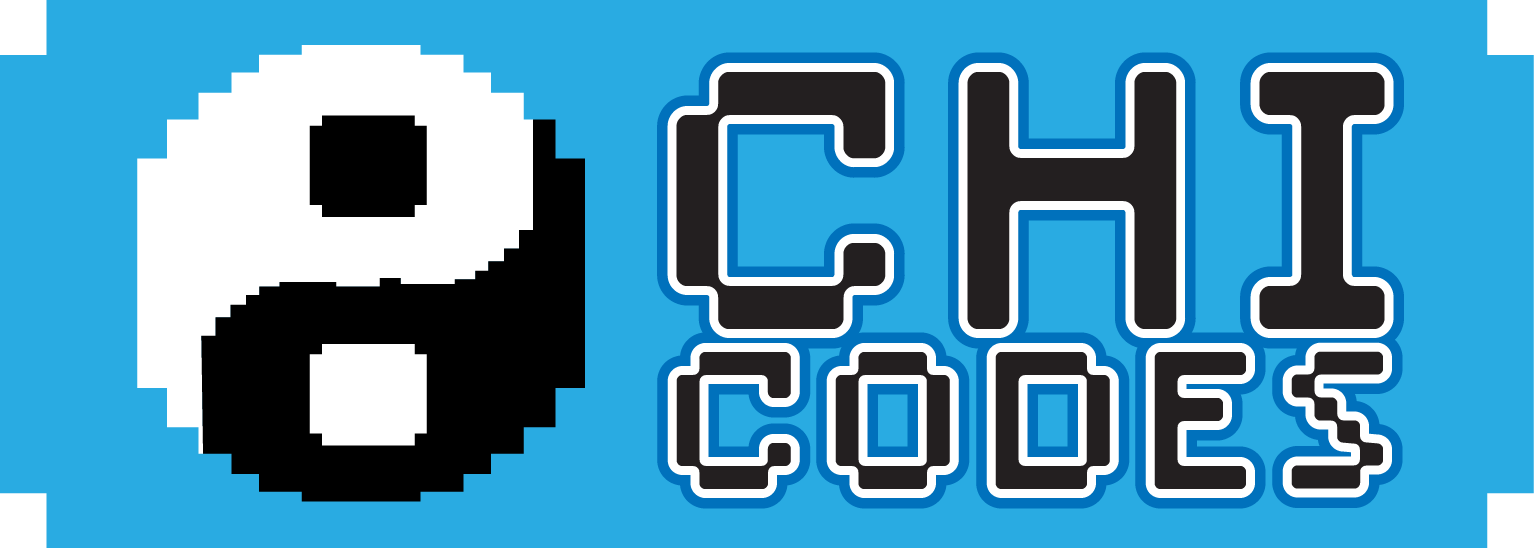In every moment, our breath sustains us—a bridge between the seen and unseen, the physical and the intangible. Ancient traditions have long hailed the breath as the essence of life, a belief echoed today by modern science. By understanding the deeper significance of breath, we unlock a powerful tool for physical health, mental clarity, and spiritual alignment.
The Breath of Life: Ancient Perspectives
For millennia, cultures across the world have revered the breath as more than a biological function. In yogic philosophy, prana represents the vital life force carried on the breath, animating body and mind. Similarly, Traditional Chinese Medicine speaks of qi, the energy flowing through us, sustained by each inhale and exhale.
These teachings emphasize breath as the foundation of:
- Vitality: The energy to move, think, and create.
- Balance: Harmonizing the body’s systems for optimal health.
- Awareness: Cultivating a connection to the present moment.
Practices such as yogic breathing techniques (pranayama) and meditative breathwork were developed to harness this life force, creating a pathway to deeper self-awareness and spiritual growth.
The Science of Breathing: Modern Insights
Modern medicine and physiology now confirm much of what ancient traditions intuited. Proper breathing is not just a reflexive act but a cornerstone of well-being. Here’s what science reveals about breath:
- Oxygenation: Deep breathing improves oxygen delivery to cells, enhancing energy production and cellular health.
- Stress Regulation: Controlled breathing activates the parasympathetic nervous system, reducing stress and promoting relaxation.
- Mental Clarity: Rhythmic breathing increases focus and sharpens cognitive function.
Additionally, researchers are exploring how techniques like diaphragmatic breathing and alternate nostril breathing influence heart rate variability, immune response, and even mental health conditions like anxiety and depression.
Bridging Ancient Wisdom and Modern Science
The intersection of ancient breath practices and scientific validation presents a compelling case for integrating conscious breathing into daily life. Here’s how:
- Incorporate Daily Practices: Start with five minutes of mindful breathing every morning to set a balanced tone for the day.
- Leverage Modern Tools: Use apps or wearable devices to track and enhance your breathing techniques.
- Focus on Education: Attend workshops or read guides that blend ancient practices like pranayama with modern insights.
- Build Rituals: Integrate breathwork into meditation, yoga, or even during breaks at work to reset and recharge.
- Measure Benefits: Notice improvements in energy, focus, and emotional stability, validating the power of conscious breathing.
By embracing both traditional wisdom and contemporary science, you can transform your relationship with breath and unlock a healthier, more harmonious life.
